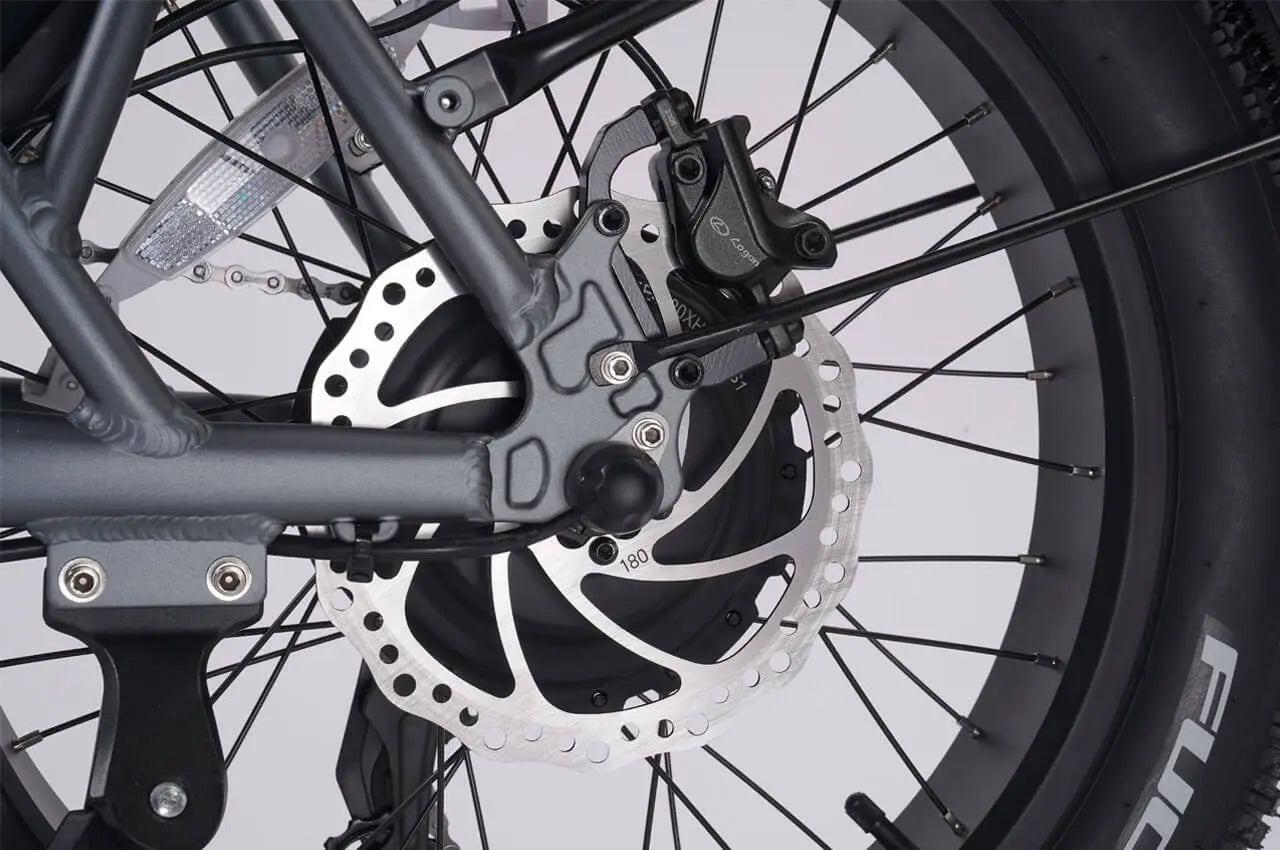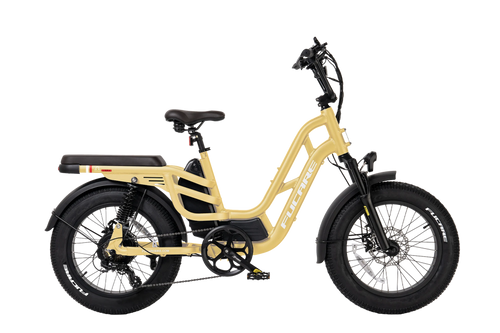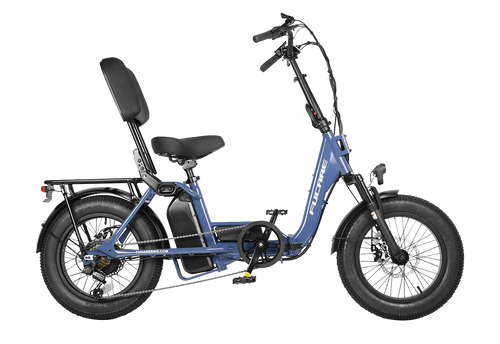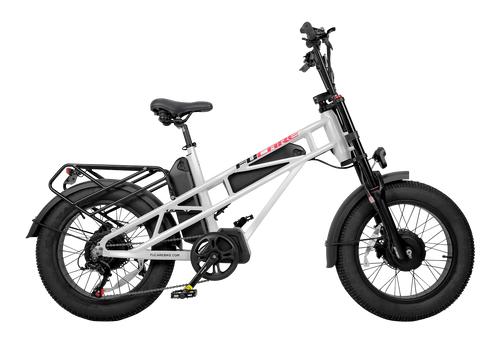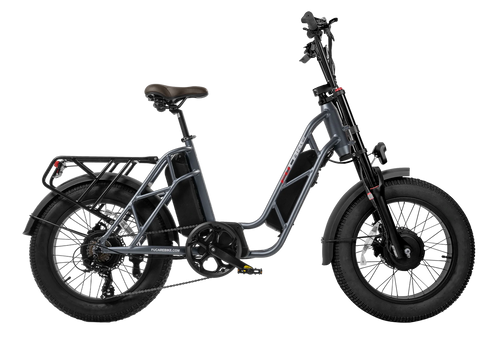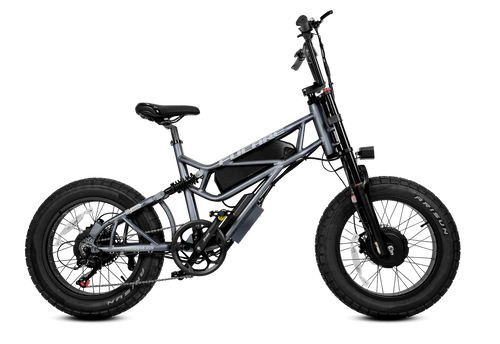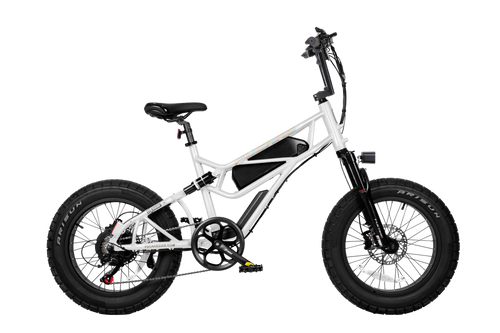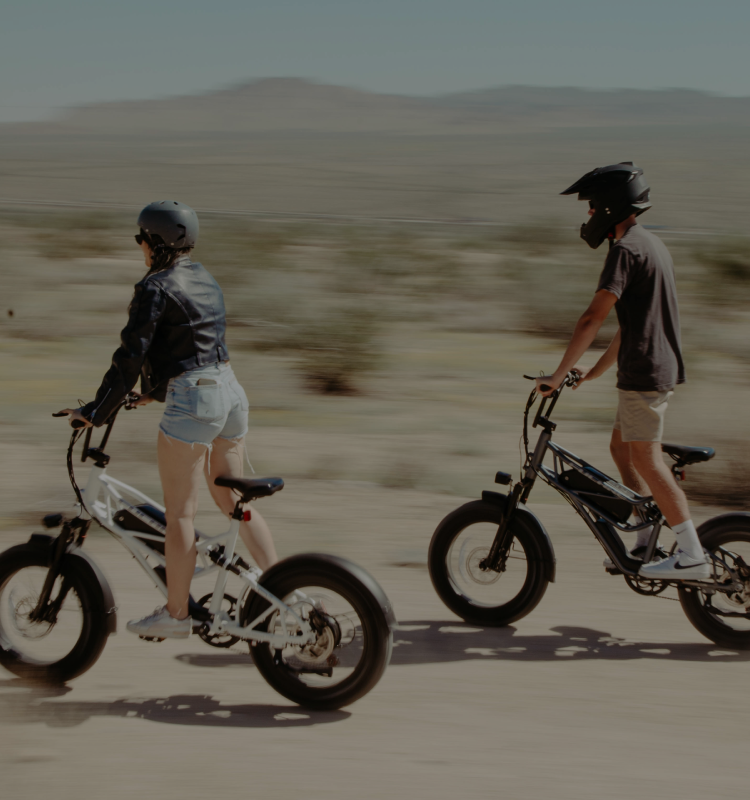How Fast Does An Electric Bike Go
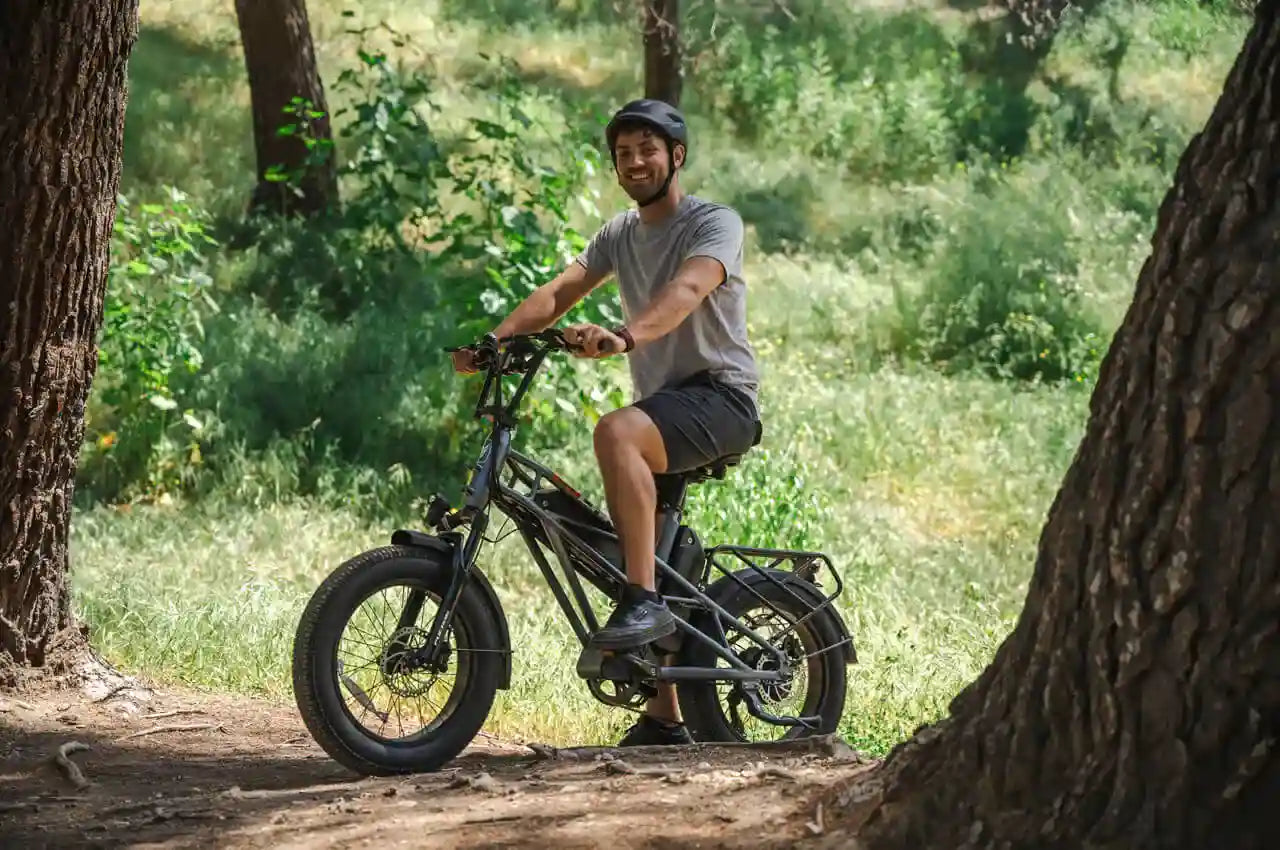
Ever considered an electric bike but wondered how fast it goes? Unlike their gas-powered counterparts, electric bikes are limited in speed by both regulations and their inherent design.
Legislation stipulates a maximum velocity of either 20 mph or 28 mph for electric bikes, depending on their category. This ensures they assist in your journey without encouraging speed limit violations.
How Fast Do Electric Bikes Go?

E-bikes are engineered to blend the traditional cycling experience with the augmented power of an electric motor, thus offering a unique blend of manual and powered propulsion. The speed of an electric bike is not a static figure.
The power output and battery capacity of most e-bikes determine their speed limit. On average, an e-bike can reach speeds up to 20 mph, with certain models capable of achieving up to 28 mph.
Fucare offers a variety of Class 2 models with pedal assist, giving you a range of options to choose from. For an even more thrilling ride, some Fucare models can be upgraded to Class 3 capabilities. However, it's important to check local laws to see if Class 3 upgrades are available for specific models in your area.
Read More: How Far Can An Electric Bike Go?
How Fast Can You Legally Travel?
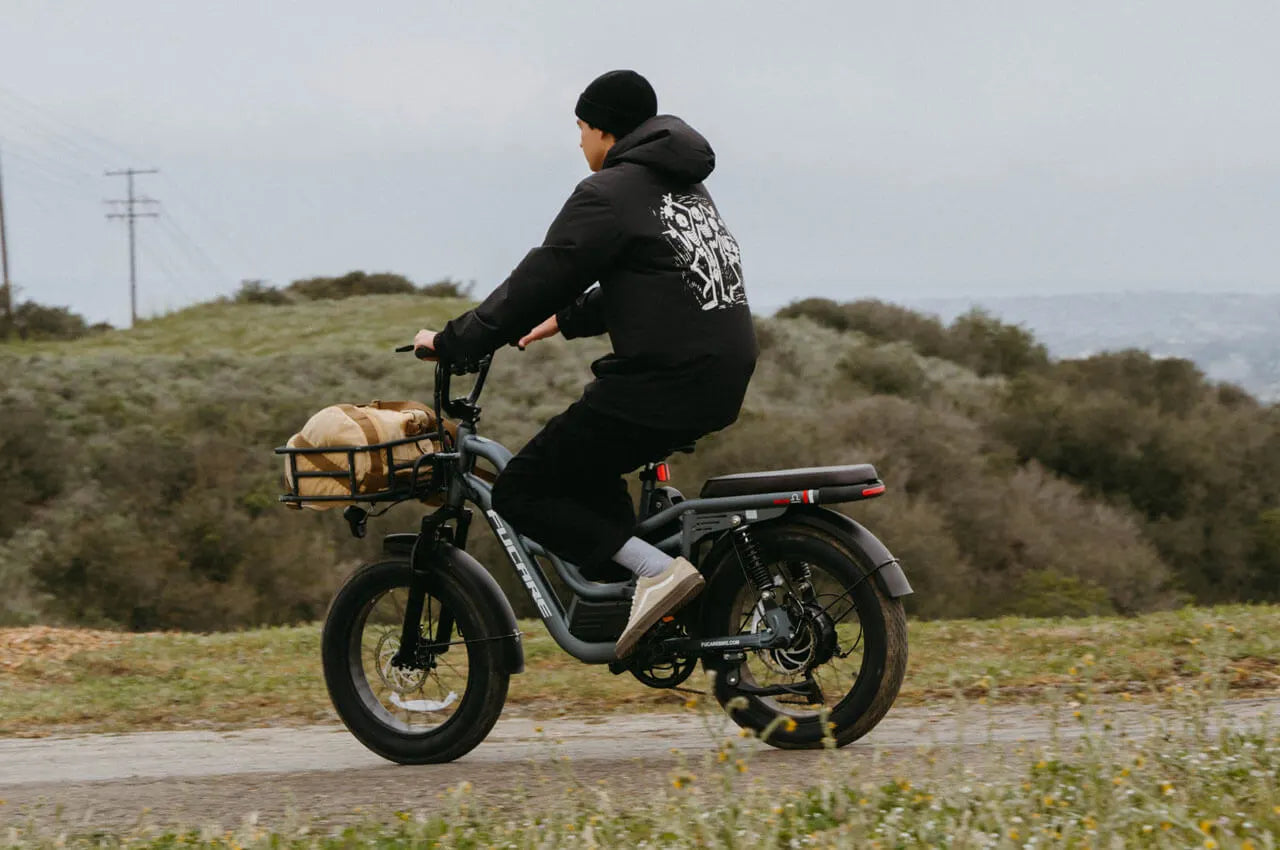
In many jurisdictions, e-bikes are classified based on their maximum assisted speed and motor power. For instance, in the United States, the Consumer Product Safety Act defines three classes of e-bikes:
Class 1: These e-bikes offer pedal-assist only, meaning the electric motor kicks in and provides assistance only when you're pedaling, and stops once you reach 20 mph (32 km/h). This is the most common class and a great choice for cruising, commuting, or leisurely rides.
Class 2: Similar to Class 1, Class 2 e-bikes also provide pedal-assist up to 20 mph. Additionally, they may have a thumb throttle that engages the motor without pedaling, but again, only up to 20 mph. This option offers more versatility for situations where you might need a quick burst of power, like starting from a stop.
Class 3: Class 3 e-bikes are the speediest of the bunch, offering pedal-assist up to 28 mph (45 km/h). They do not have a throttle and rely solely on pedaling to engage the motor. This class is ideal for longer commutes or riders who want to tackle hillier terrain with some assistance.
It's crucial to remember that these speed limits are legally mandated, and exceeding them could result in fines or even confiscation of the e-bike. Always check your local e-bike regulations to ensure you're riding within the legal limits.
For more info about the different classes of bikes, read our guide to Electric Bike Classes: Class 1 Vs 2 Vs 3 Comparison.
Factors That Affect Electric Bike Speed
Motor power and type
Central to every electric bicycle is its engine, playing a vital role in determining the pace at which the bike travels. The engine's strength, expressed in watts, varies widely across different models. Consumer electric bikes typically feature motors ranging from 250W to 750W. However, motors in high-end e-bikes can surpass 1000W. It's crucial to understand that a motor with more watts doesn't guarantee faster speeds but helps the bike sustain its velocity more effectively, particularly when facing uphill climbs or carrying heavy loads.
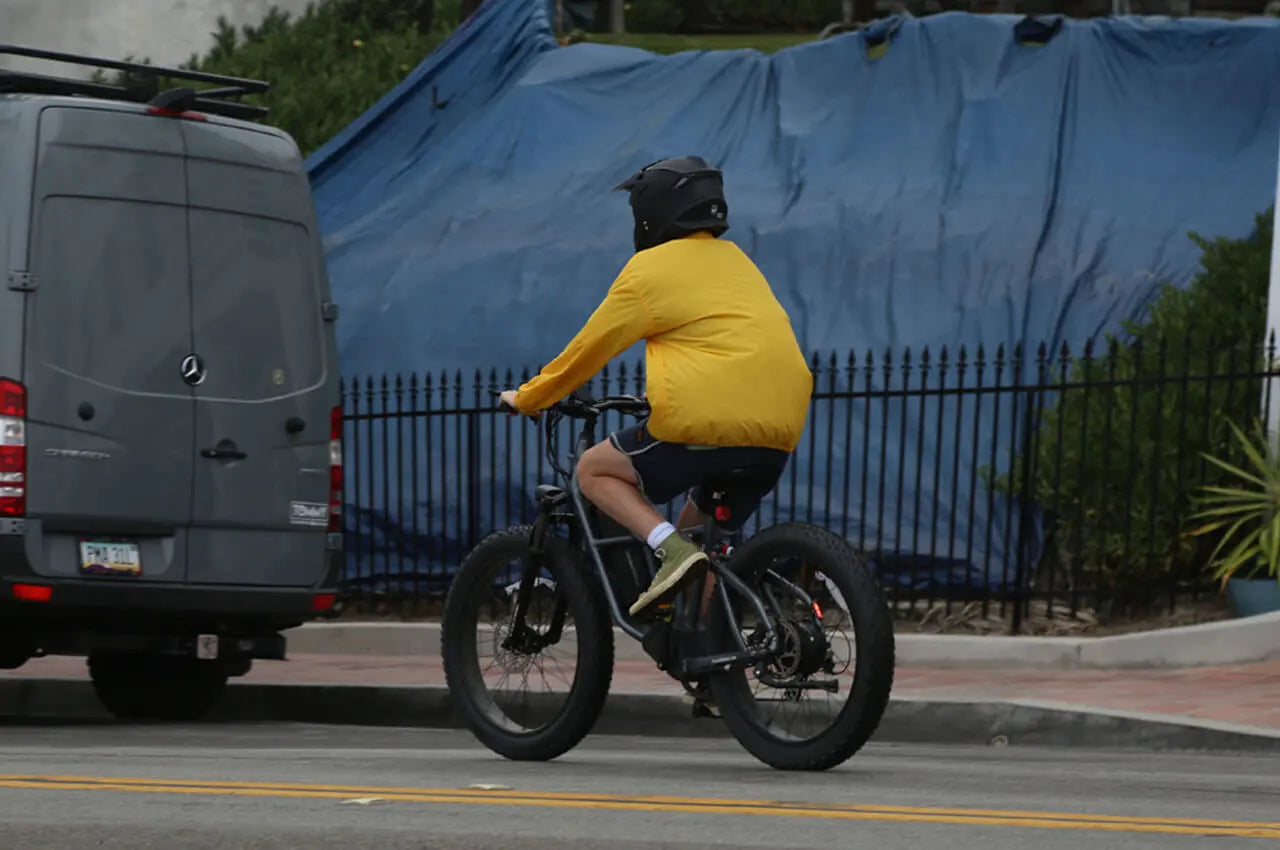
Battery capacity and efficiency
The electric bike's battery is equally influential in its performance and velocity capabilities. Opting for a battery with a larger capacity not only extends the distance you can travel on a single charge but also supports the motor's consistent performance at elevated speeds. Be aware, though, that a battery's efficiency might decline as it ages and after extensive usage, potentially impacting the e-bike's acceleration and peak speed.
Rider input and terrain
The contribution of the rider and the nature of the terrain are also key factors affecting how fast an e-bike can go. The synergy of the rider's effort with the motor's thrust can drive the e-bike to its top speed, particularly with models that feature pedal assistance. The landscape's slope, texture, and elevation level all play a part in the e-bike's velocity, as ascending steep hills or navigating rough terrains demands additional power to sustain speed.
Aerodynamics and bike design
Furthermore, the e-bike's design significantly influences its aerodynamic properties, which in turn impact its speed. Designs that emphasize sleekness and aerodynamics can lessen wind resistance, thereby enabling the e-bike to achieve greater speeds more efficiently. Factors such as the weight of the bike, the type of tires, and the materials used for the frame also play a part in its speed potential.
It's also important to remember that the speeds advertised by manufacturers are typically based on ideal testing conditions, which might not always reflect real-world performance. Therefore, the actual speed of your e-bike might vary from the manufacturer's claims.
Final Thoughts On Electric-bike Speeds
While understanding e-bike speed limitations is essential, it's important to remember that the true joy of e-bikes lies in the experience. They open doors to exploring your surroundings in a new and exciting way, allowing you to cover greater distances, conquer hills with ease, and experience the thrill of the ride without breaking a sweat. So, hop on an e-bike, feel the wind in your hair, and discover the world at a comfortable and enjoyable pace!
Continue reading
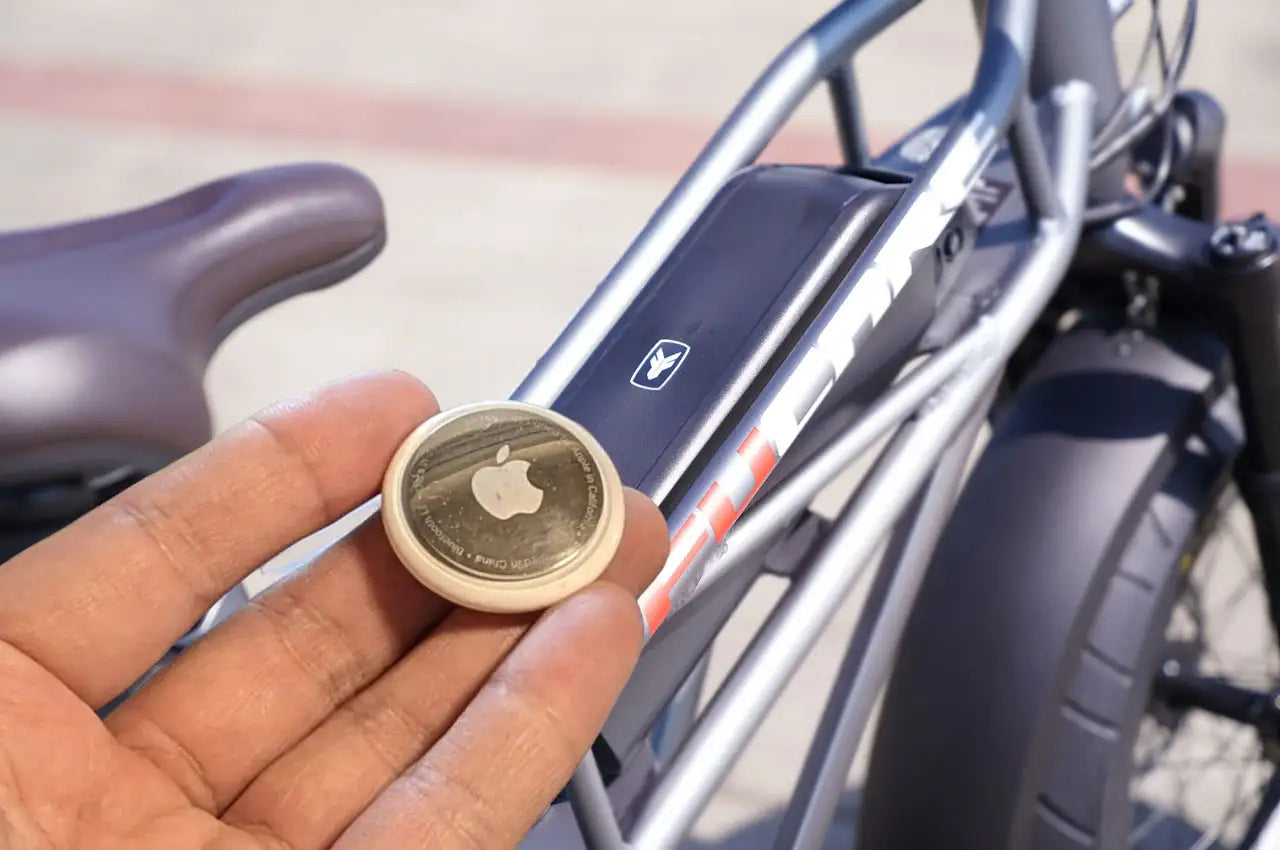
How To Use Apple AirTags Prevent Ebike Theft
